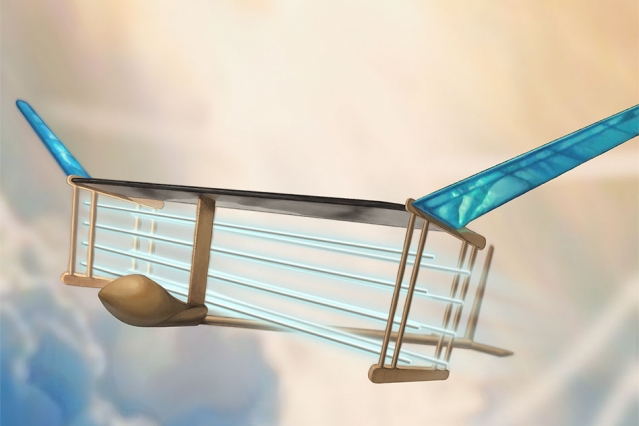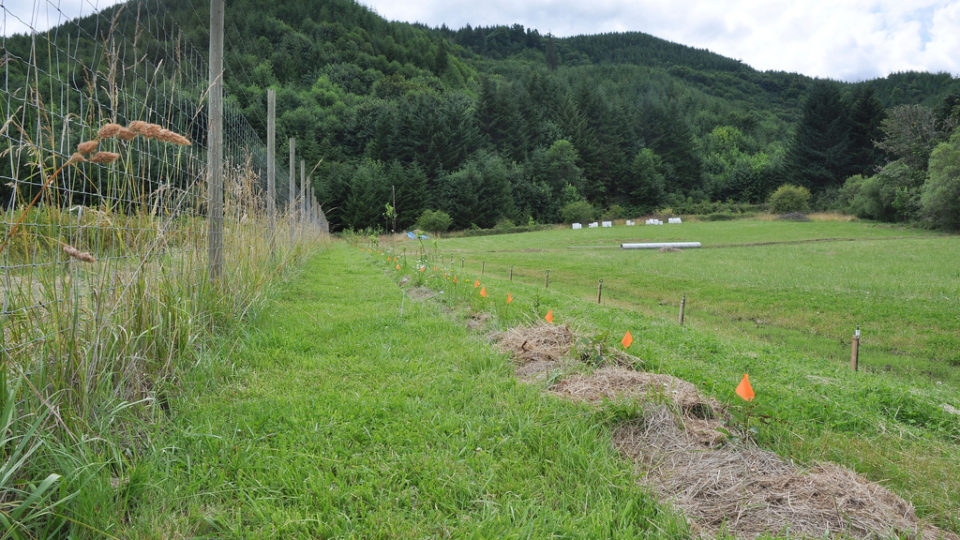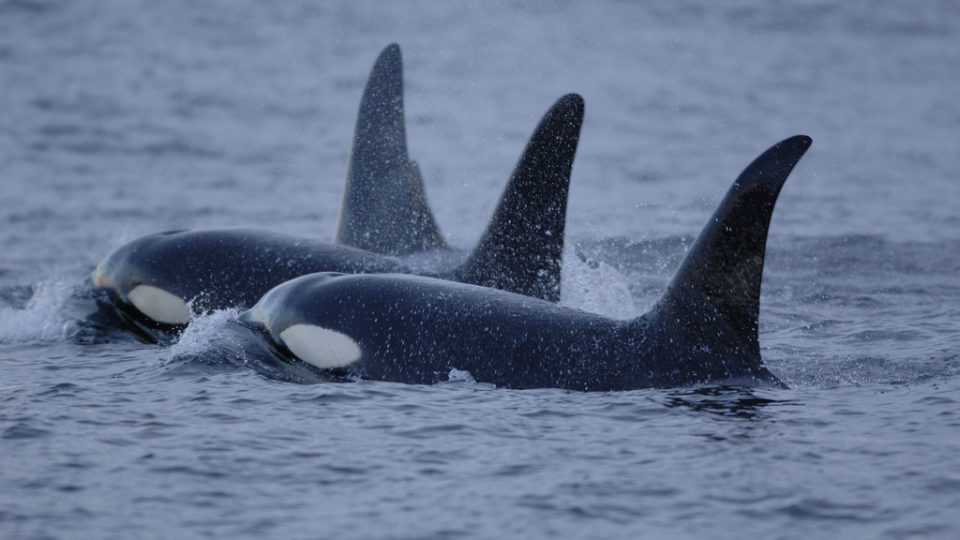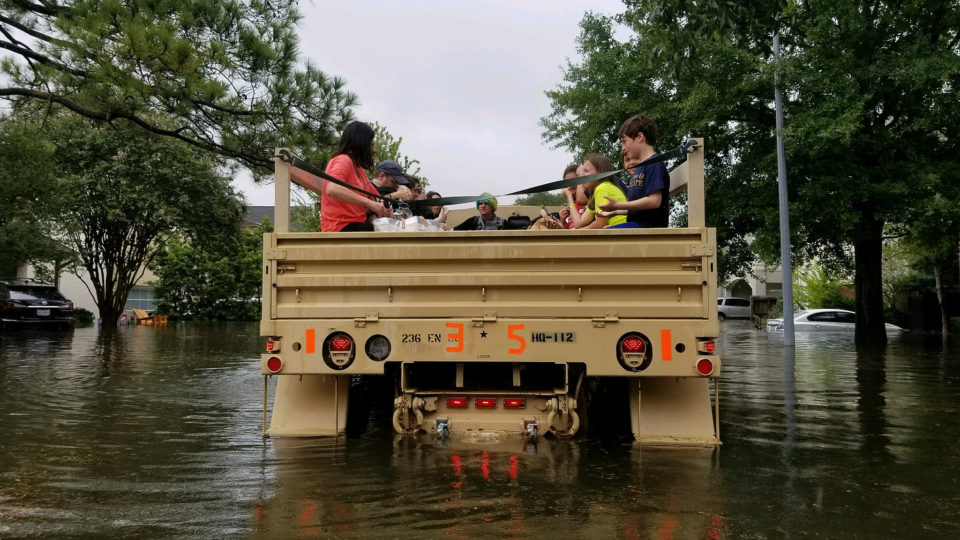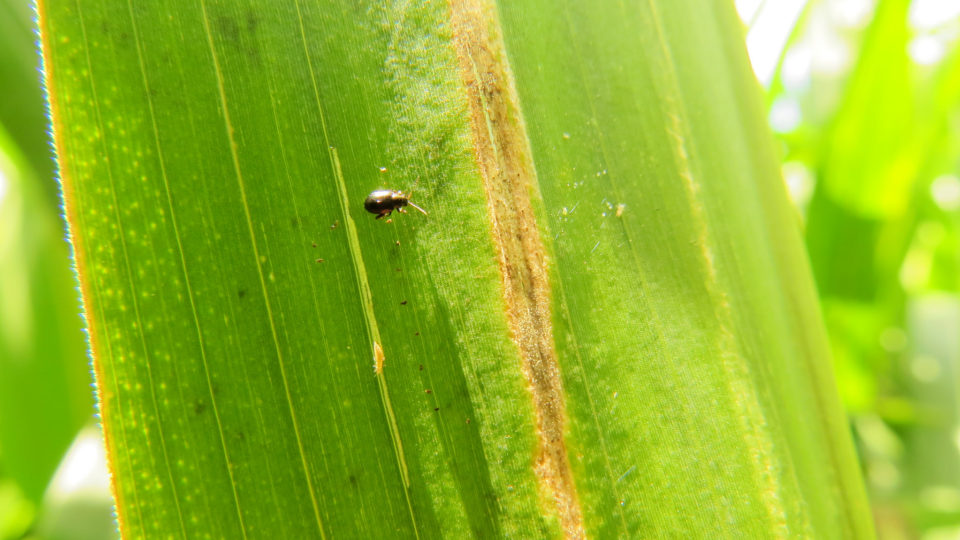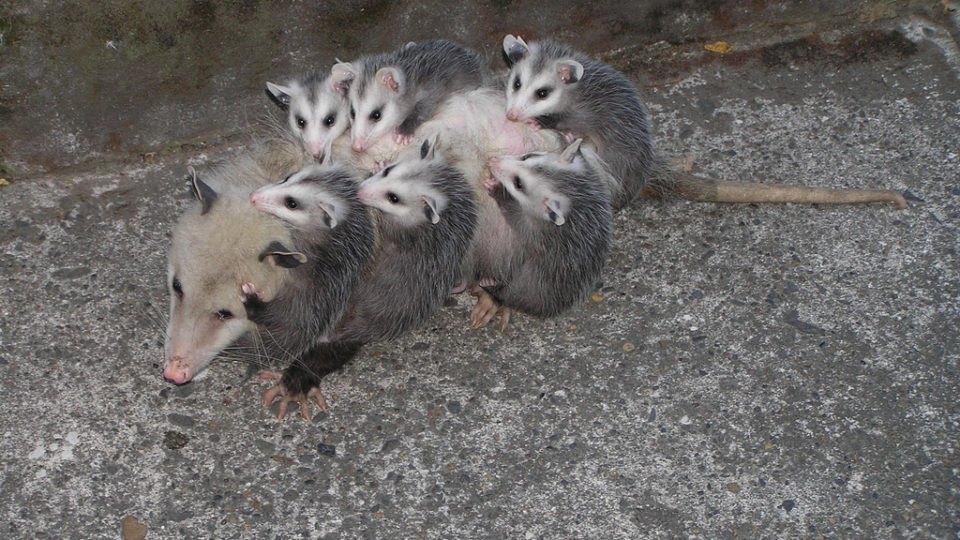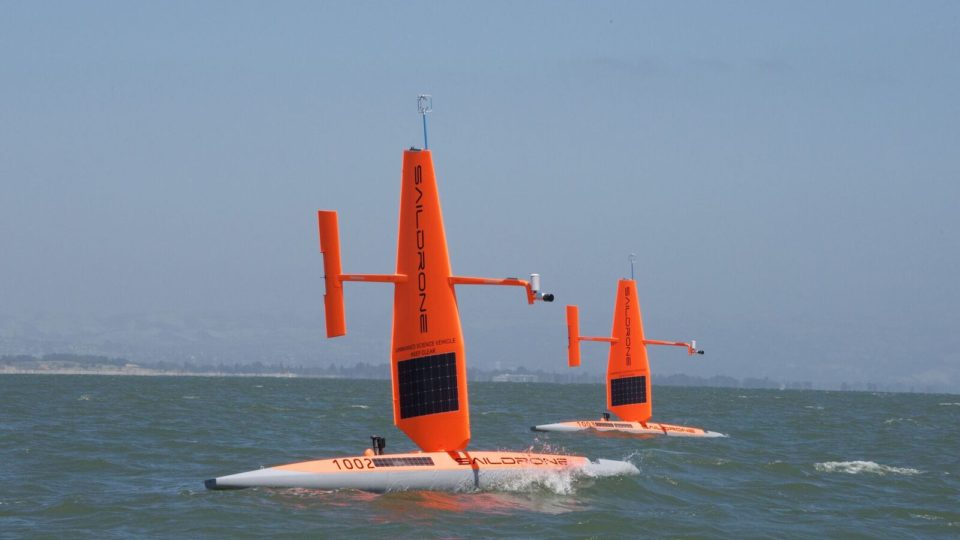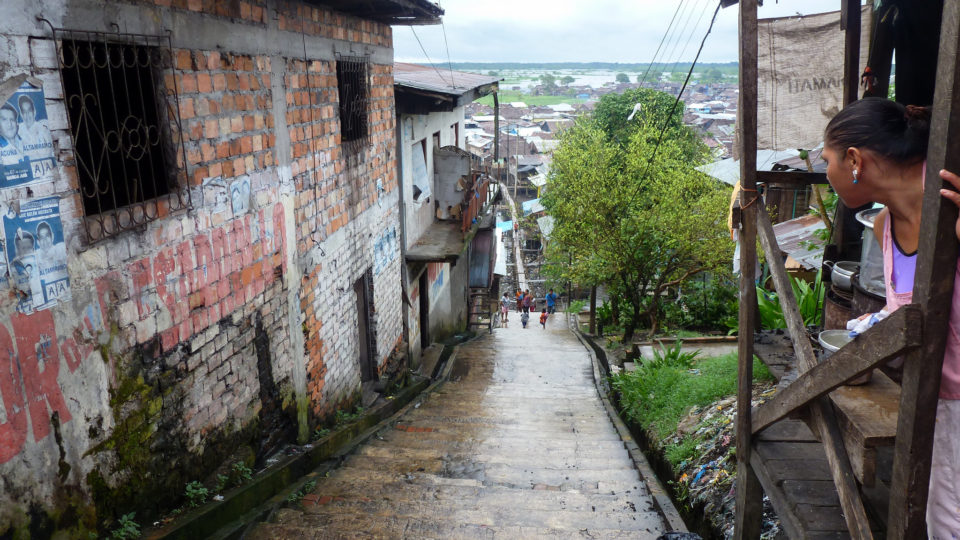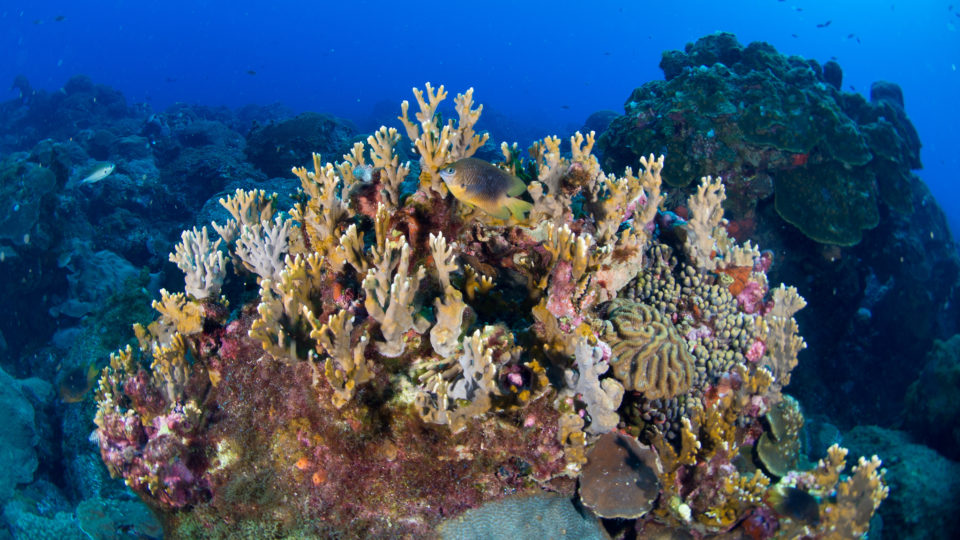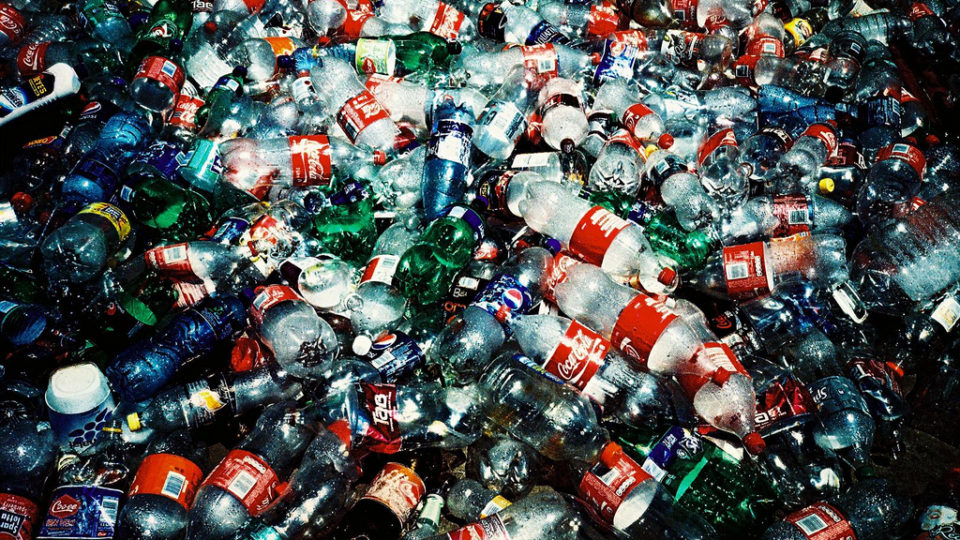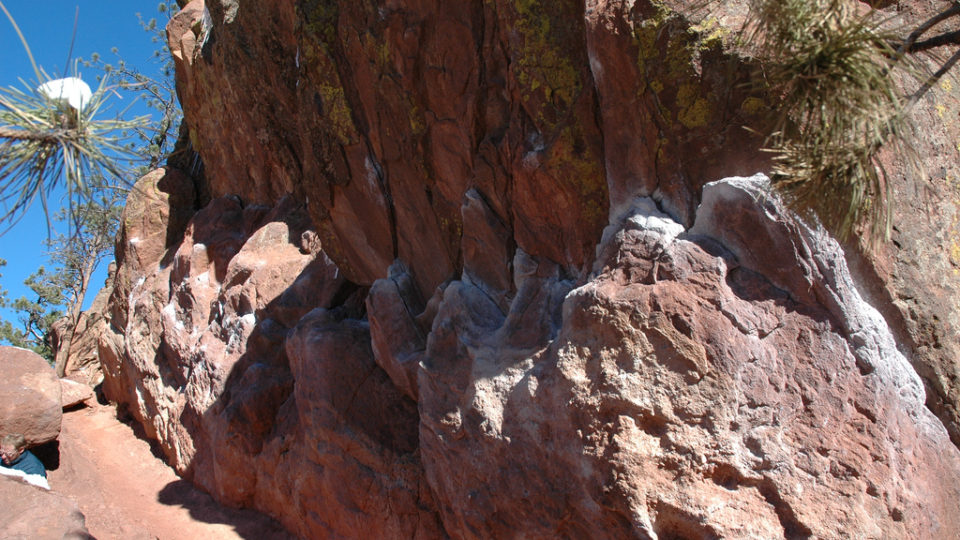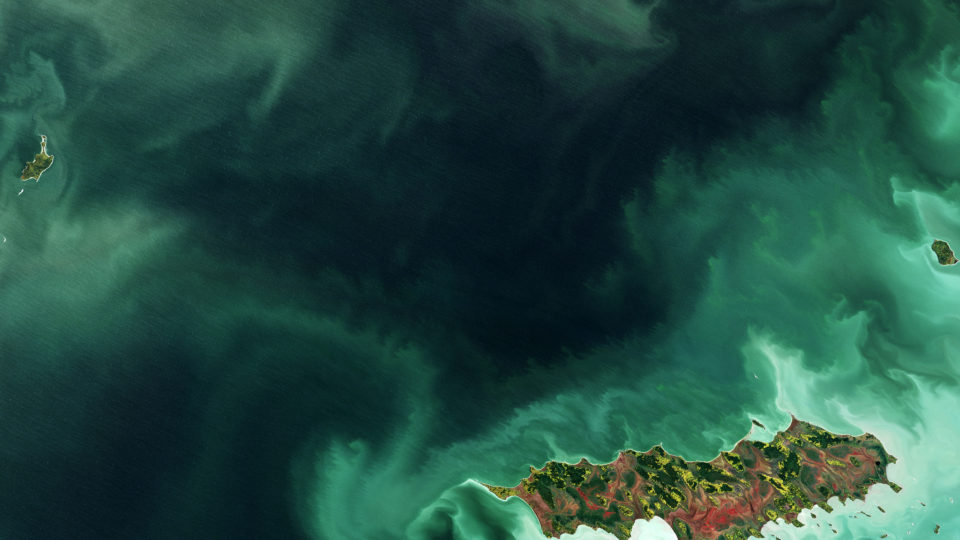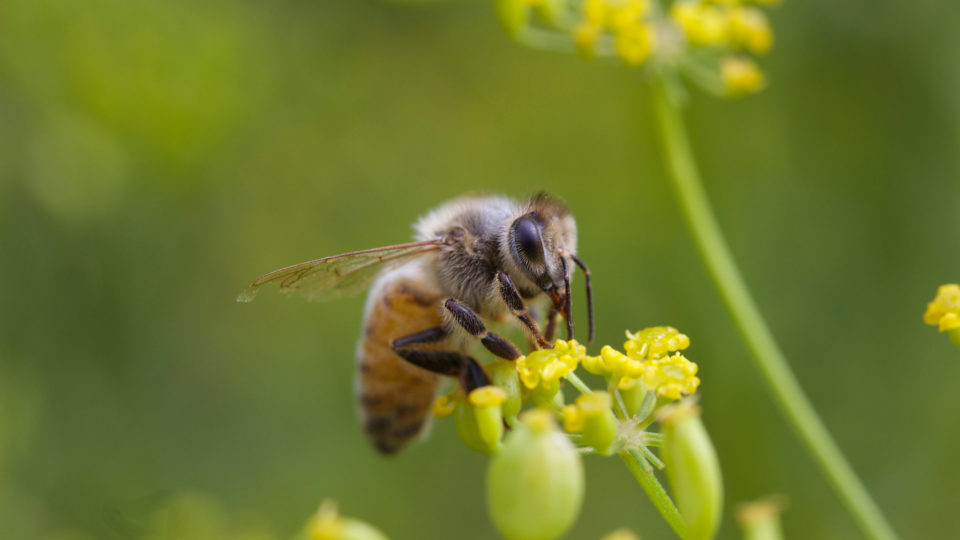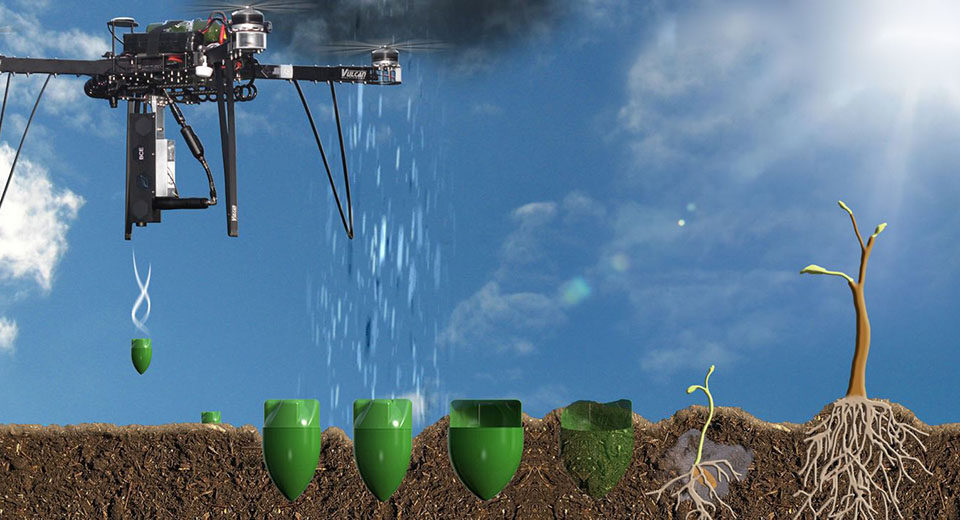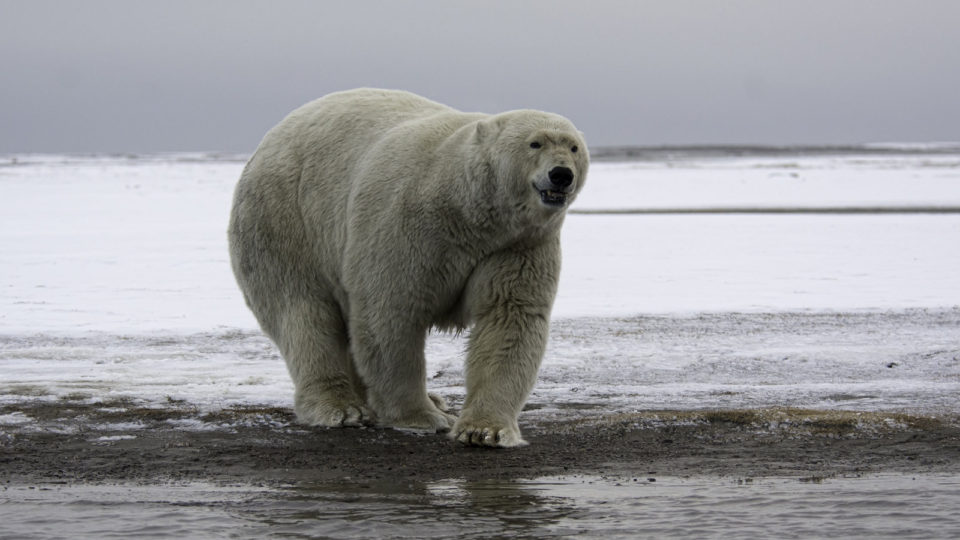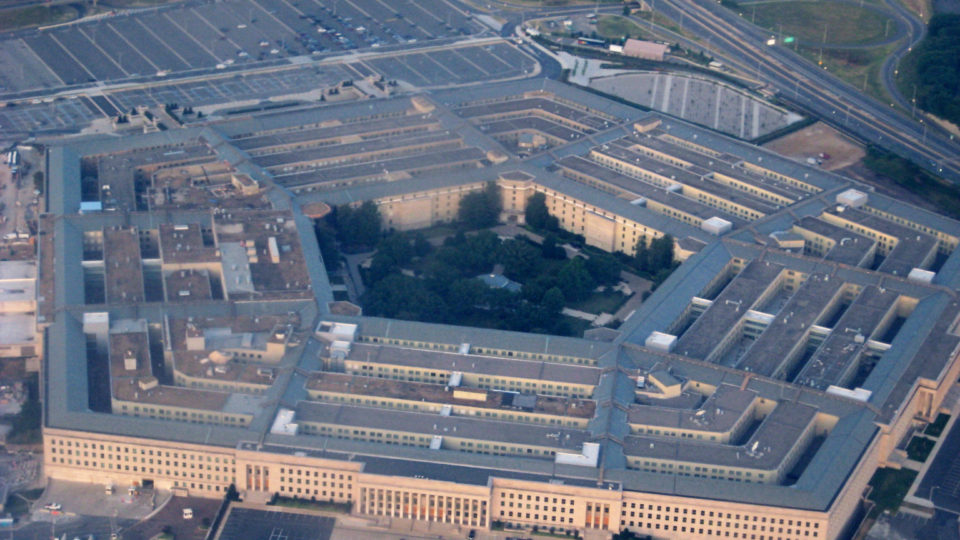science
Bring The Wild Back Into Farmlands
A recent study published in Science looks at the effects of maintaining at least a little bit of the wild on working lands including farmland, rangeland and forests. The study concludes that doing so may be a key to preserving biodiversity in the face of climate change.
PCBs And Killer Whales
PCBs belong to a broad family of man-made organic chemicals known as chlorinated hydrocarbons. PCBs were once widely used in electrical equipment like capacitors and transformers, as well as in paints, dyes, and heat transfer fluids.
The Famous 97%
One still hears reference to “the debate on global warming”. Is there really a debate? Certainly, there are people who want to think there is, especially those with a vested interest in not doing anything about it.
Pests And Crops In A Warming World
By the year 2050, scientists predict that there will be two billion more people to feed in the world. And climate change isn’t making that task any simpler. From extreme weather events to rising global temperatures, climate change is expected to affect the types of food we grow, and to negatively affect the food production needed to feed the growing population.
Conflicts In Conservation
In recent years there has been a great deal of discussion about animal intelligence and the idea of animal consciousness. In the past, the notion that animals have feelings had been relegated to fringe status, but these days, a wealth of scientific findings has made it much more mainstream to entertain such ideas.
Saildrones For Science
Nine years ago, engineer Richard Jenkins broke the world land speed record for a wind-powered vehicle with a sailboat on wheels driving across a dry lakebed at 126 miles per hour. After years of engineering development, his technology has now taken on the form of a saildrone that can autonomously sail the sea gathering ecologic, oceanic and atmospheric data.
Climate Change And Temperature Variations
It’s no surprise that not everyone on the planet is equally responsible for the effects of climate change. For instance, the Northern Hemisphere, which is home to 13 of the 15 largest countries by GDP, emits far more greenhouse gases than the Southern Hemisphere does. But the whole planet heats up as a result.
[Read more…] about Climate Change And Temperature Variations
Infinitely Recyclable Plastic
Less than 10% of discarded plastic is recycled. This is one of the major reasons that plastic waste is such a threat to the environment. There are many challenges to recycling plastics. For one thing, there are many different types of plastic and if they are melted together, they tend to phase-separate like oil and water and the resultant substance is structurally weak. Sorting plastics by type is not a simple task. More generally, it is very difficult to produce plastic with its original properties from recycled feedstock. So recycled plastics generally end up being useful in only more limited applications.
Protecting Reefs Of Hope
One of the most harmful effects of the changing climate is what is happening to coral reefs. Warmer ocean temperatures and acidification are causing widespread bleaching of coral. Stressed corals expel the algae living in their tissue, turning the corals white and robbing them of nutrients. When bleaching events persist, the corals starve and die. Reefs everywhere have been experiencing mass bleaching events in recent years with over 70% of the coral reefs around the world being damaged.
An Accidental Plastic Eater
A couple of years ago, scientists in Japan discovered bacteria at a recycling plant that were breaking down a type of plastic called polyethylene terephthalate, or PET. With the world facing a growing plastic pollution problem, British and American researchers began to study the enzyme that the bacteria were using to try to understand how it works.
Nitrogen In The Rocks
The carbon cycle is the biogeochemical process by which carbon is exchanged between the atmosphere, the terrestrial biosphere, the ocean, sediments, and the earth’s interior. Its balance is a key factor that influences the climate.
Water From Desert Air
Last spring, we talked about a solar-powered water harvester designed to pull water out of even dry desert air. The prototype device was described in a paper by scientists at UC Berkeley and MIT in the journal Science.
Spring Is Springing Earlier
A comprehensive study has confirmed what has been widely believed in the scientific community and in popular reports for years: spring is arriving earlier and the further north you go, the more pronounced is the effect.
Nitrogen Pollution
Earth system scientists say that there are four major human-caused forces that threaten to cause irreversible and abrupt environmental upheaval: climate change, deforestation, biodiversity loss, and excess nitrogen.
Pesticides And Bees
According to a European food safety watchdog, most applications of neonicotinoids – the world’s most widely used insecticides – represent a risk to wild bees and honeybees. The use of these insecticides has been restricted in Europe since 2014 following earlier risk assessments.
Endangered Orangutans
Orangutans are some of the planet’s most intelligent animals. In fact, orangutans and human beings share 97% of their DNA sequence. Orangutans can only be found in the wild in Southeast Asia on the Indonesian island of Sumatra and the island of Borneo, which is a landmass shared by Indonesia, Malaysia, and Brunei. And while all orangutans are endangered, the critically-endangered Bornean orangutans are under exceptional duress.
Tree-Planting Drones
One of the major causes of the increasing carbon dioxide levels in the atmosphere is deforestation. We chop down about 15 billion trees each year. Over time, our activities have reduced the number of trees on earth by about 50%. We do plant trees – these days, about 9 billion a year. It is a substantial number, but still leaves a net loss of 6 billion trees annually.
Polar Bears Are Struggling To Find Food
Climate change continues to pose a major threat to polar bear survival. Polar bears, whose native range largely lies within the Arctic Circle, depend on sea ice for nearly all of their life cycle functions. And rising global temperatures are causing that sea ice to disappear.
Climate Change Threatens the U.S. Military
According to a new study from the Pentagon, nearly half of United States military sites are threatened by wild weather linked to climate change. The U.S. Department of Defense states that drought, wind, and flooding that occur due to reasons other than storms topped the list of natural disasters that endanger 1,700 military sites around the world – everything from outposts to large bases.
[Read more…] about Climate Change Threatens the U.S. Military
